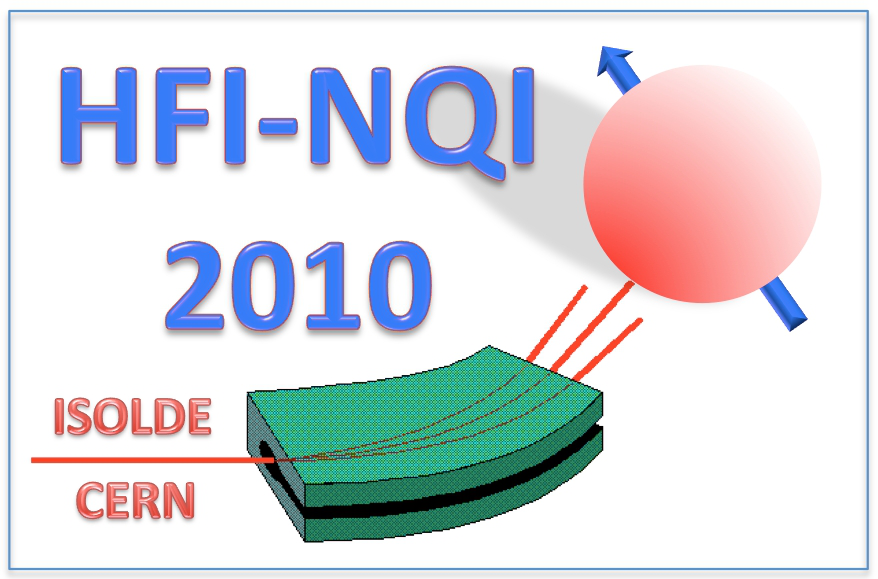Speakers
Prof.
Daqing Yuan
(China Institute of Atomic Energy)Prof.
Shengyun Zhu
(China Institute of Atomic Energy)
Description
Study of Dependence of Quasi-Particle Alignment on Proton and Neutron Numbers in A= 80 Region through g-factor Measurements*
Yuan Daqing, Fan Ping, Zheng Yongnan, Zuo Yi, Zhou Dongmei, Zhang Qiaoli, Wu xiaoguang,
Li Guangsheng, Zhu Lihua, Xu Guoji, Fan Qiwen, Zhang Xizhen and Zhu Shengyun**
China Institute of Atomic Energy, P.O. Box 275-50, Beijing 102413
Email: zhusy@ciae.ac.cn
The interplay between the collective rotation and the quasi-particle alignment is a significant feature of nuclear structure at high spins. The g-factors of intra-band high spin states of the ground rotational band can provide direct and unique information on quasi-particle alignment since the g-factors of the high-j proton and the high-j neutron are positively large and negatively small, respectively.
The g-factors of high spin states of the ground rotational band in 82Sr, 83Y, 84Zr, 85Nb, 85Zr and 86Zr have been measured in order to study the dependence of quasi-particle alignment on the proton and neutron numbers.
The high spin states of the ground rotational band in 82Sr, 83Y, 84Zr, 85Nb, 85Zr and 86Zr were populated by the fusion-evaporation reactions with the heavy ion beams from the HI-13 tandem accelerator at China Institute of Atomic Energy. The transient -magnetic-field ion implantation perturbed angular distribution (TMF-IMPAD) method was used to determine the g-factors of high spin states along the ground rotational band. The model calculations were also carrried out for some nuclides, which well reproduced the experimentally measured g factors.
The experimental results are shown in the above figure. It can be seen that for the nuclides 84Zr, 85Zr and 86Zr with Z=40 the proton alignment is followed by the neutron alignment in 84Zr and 85Zr, while the neutron alignment is followed by the proton alignment in 86Zr, and for the nuclides 82Sr, 83Y, 84Zr and 85Nb with N=44 the proton aligns only in 82Sr, the proton aligns first that is followed by the neutron alignment in 83Y and 84Zr and the neutron alignment is followed by the proton alignment in 85Nb. A discussion regard the observed dependence will be presented.
*Supported by National Science Foundation of China under Grant Nos. 10435010 and 10975189
** Corresponding author
| Are you a student, a delegate from developing countries or a participant with physical needs and would like to apply for a sponsored accomodation. Please answer with yes or no. | yes |
|---|
Author
Prof.
Shengyun Zhu
(China Institute of Atomic Energy)
Co-author
Prof.
Daqing Yuan
(China Institute of Atomic Energy)
